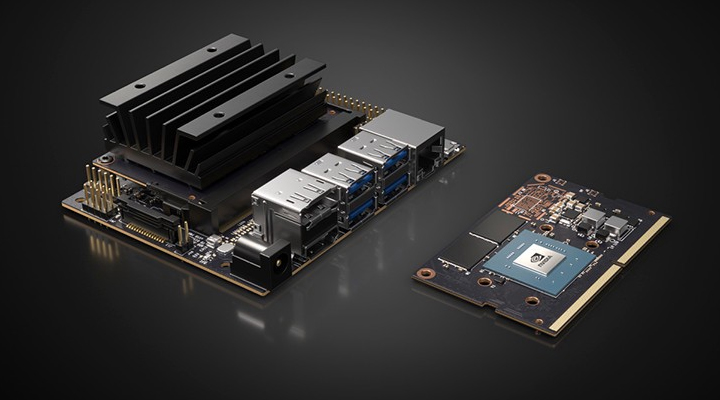Edge Device Model Development
Now people or users want to experience technology in a low-cost device. About a decade ago, this kind of technology needed a lot of computation power including a lot of GPU Memory, RAM as well as high-resolution cameras. Even most of the deep learning models could not run on a low computational device.
So instead of buying a huge computation system, users get an instance (Virtual Machine) on cloud platforms like AWS, GCP, Microsoft Azure, etc. On these platforms it would cost around $150 per month approximately. In hindsight, there are rare cases of data and thus the data is compromised. Also, it is not economical for most users to invest in a powerful computing system as well as purchase a cloud instance. These issues defeat the use of A.I tools as security in normal stores, public places, schools, etc.
Thus, to enhance the use of A.I tools various devices such as the Nvidia Jetson TX1, Nano, TX2, Xavier, Raspberry pi, etc. are able to provide programming language binding support like Python, C++, etc. by which we can deploy the deep learning model on these devices.
They have adequate CPU, GPU memory and a good resolution camera that is cost effective. They can be used in public places like railway stations, malls, roads, cars, or retail stores. Additionally the real estate required to keep them is no more than a standard size desktop cabinet. However, the user needs to connect it with Keyboard, Mouse and an HDMI monitor to access it.
We have implemented these technologies in crowd detection (shopping complex), analysis of retail shelves and products and vehicle surveillance applications.


